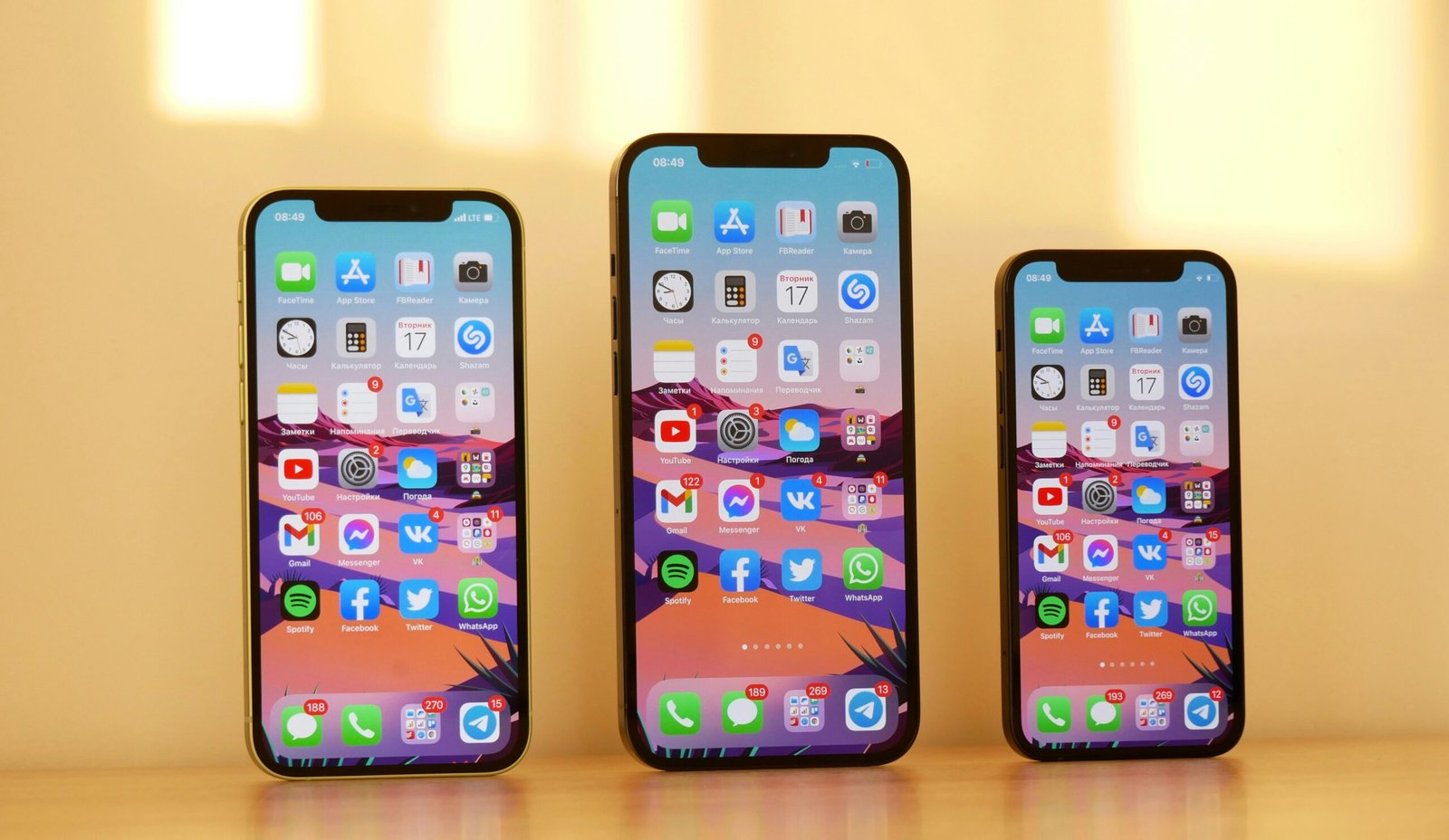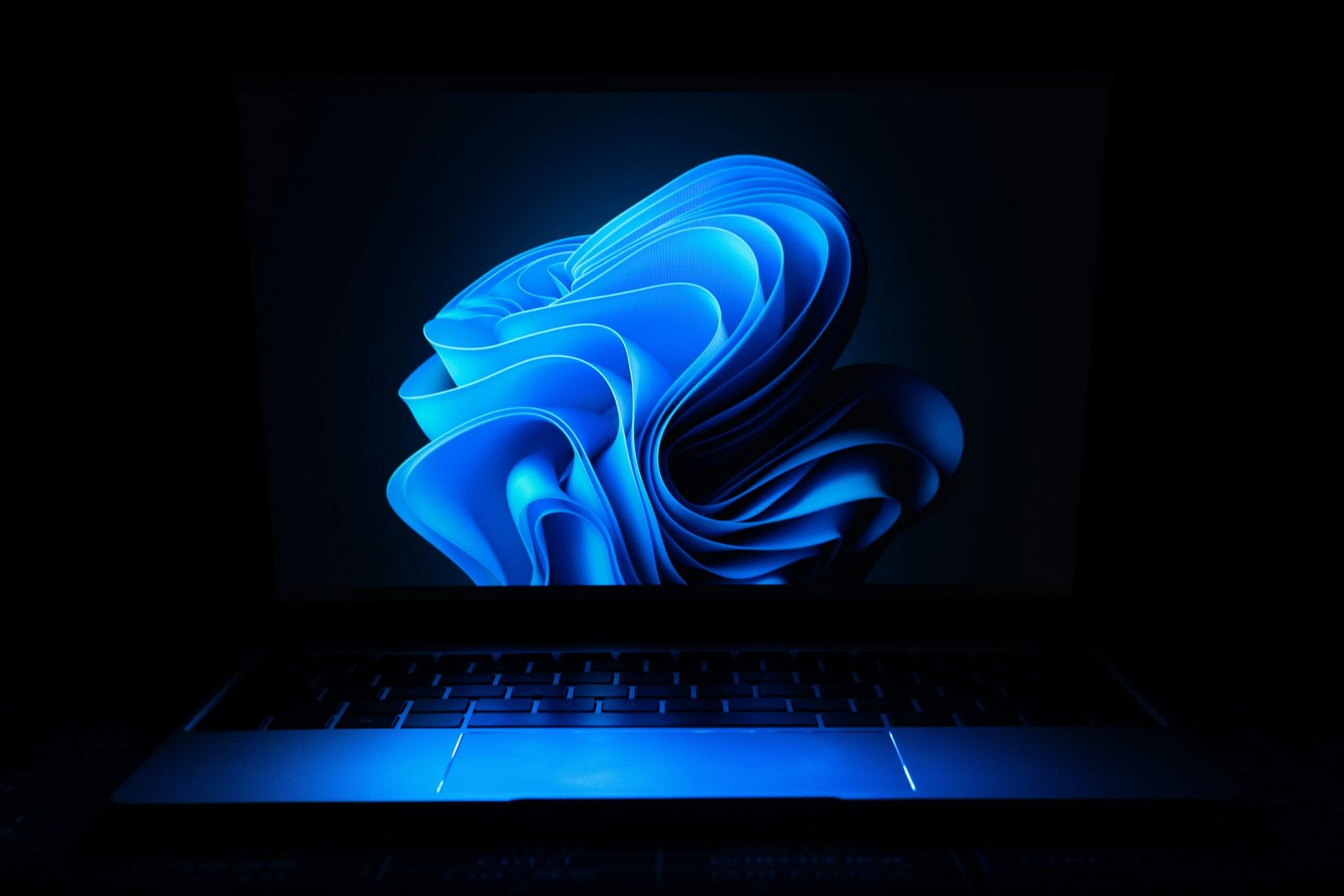Understanding the Impact of Cable Management on Thermals
Proper cable management is crucial in optimizing airflow within a computer system or workspace. When cables are tangled and haphazardly placed, they can obstruct airflow, leading to increased temperatures and, ultimately, overheating of devices. This disorganized state hinders the natural flow of cool air necessary for effective thermal management, causing fans to work harder to compensate for the inadequate cooling. Consequently, the overall performance of the system may decline, reducing both its lifespan and efficiency.
When examining the thermodynamic performance of a computer setup, it becomes evident that organized cables can significantly enhance cooling efficiency. By strategically placing and bundling cables, users can create pathways that facilitate better airflow around crucial components like the CPU, GPU, and power supply. This unobstructed airflow allows for more effective heat dissipation, crucial for maintaining optimal operating temperatures. The cooling process becomes more streamlined, reducing the workload on fans, which can result in quieter operation and lower energy consumption.
Moreover, good cable management not only contributes to improved cooling but also fosters a cleaner and more organized workspace. A tidy setup reduces the risk of accidental disconnections and damage to cable insulation, which can occur in crowded environments. Additionally, an organized space can lead to improved maintenance efficiency, as users can more easily access components for upgrades or troubleshooting.
Investing time in proper cable management, therefore, offers multiple benefits, from enhanced thermals to improved system reliability. It is essential to view cable organization as an integral aspect of system design, ensuring that both aesthetics and functionality are prioritized. By fostering unobstructed airflow and maintaining a tidy environment, users can achieve a more efficient cooling performance without the need for added fans.
The Velcro Tie Method
The Velcro tie method is an effective and straightforward approach to managing cables that can greatly enhance cable organization while also potentially improving heat dissipation in electronic setups. This method involves using Velcro straps to bundle and organize cables efficiently, which ultimately reduces clutter and minimizes the chances of cables tangling or becoming damaged.
To implement the Velcro tie method, one should start by gathering all the cables that need to be organized. It is advisable to separate these cables into categories, such as power cables and data cables. By doing so, users can take significant steps toward minimizing electromagnetic interference and optimizing the environment for their electronic devices. The next step involves selecting an appropriate length of Velcro strap, ensuring that it is not too tight to avoid stress on the cables, nor too loose to lose effectiveness in organization.
Once the cables are grouped and the Velcro ties are at hand, bundle the cables together neatly. For optimal results, wrap the Velcro strap around the cables, ensuring they are aligned and organized. A notable advantage of the Velcro tie method is the reusability and durability of Velcro straps. Unlike plastic cable ties that can damage cables if cut off or require replacement once removed, Velcro ties can be easily adjusted and reused multiple times. This sustainability factor, combined with their effectiveness at cable management, positions Velcro ties as a responsible choice for anyone looking to achieve a tidy workspace.
In summary, the Velcro tie method not only simplifies cable management but also enhances the performance of electronic setups by improving airflow around devices and reducing interference. Implementing this method can lead to a more organized environment and potentially prolong the life of equipment. By choosing this simple yet effective solution, users can experience the benefits of a cooler, more efficient workspace.
Trick 2: Cable Sleeving for Aesthetic and Efficiency
Cable sleeving is an effective method of managing cables while enhancing both their aesthetics and functionality. By enclosing cables within protective sleeves, users can not only organize their workspaces more neatly but also contribute to better cable insulation. Available in various materials, including PVC, paracord, and heat-shrink tubing, each type of sleeve offers distinct benefits. PVC sleeves are popular for their durability and resistance to wear and tear, while paracord sleeves stand out due to their flexibility and diverse color options, allowing for greater customization. Heat-shrink tubing, on the other hand, provides a snug fit, securely enclosing cables to prevent fraying and damage.
The process of sleeving cables involves first measuring the length of each cable and then selecting an appropriate sleeve. After cutting the sleeve to the necessary length, it is typically slid over the cable. For heat-shrink tubing, applying heat causes it to contract, securing the sleeve tightly in place. This not only organizes the cables but also creates a cleaner look that is appealing, especially in visible setups like gaming rigs or professional offices.
In addition to organizing cables, sleeving helps with temperature management. Well-insulated cables experience less heat, ultimately contributing to the overall efficiency of the system. This can be particularly important in environments with extensive machinery or in custom builds that require high performance. Furthermore, color-coding cable sleeves based on function or destination can significantly improve troubleshooting and maintenance, allowing users to quickly identify the purpose of each cable. Personalizing cable sleeves can also turn a utilitarian task into a creative outlet, enabling users to express their style while maintaining an efficient workspace.




